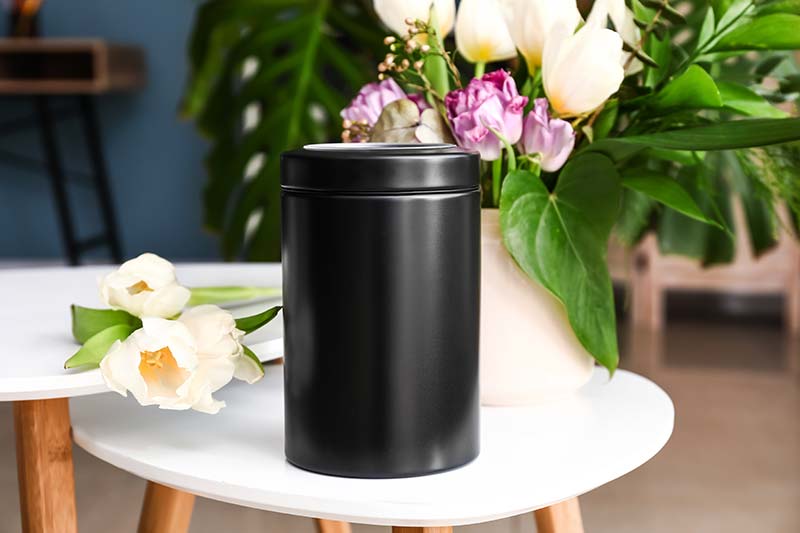Burial & Cremation
A unique tribute to a unique person
The following information may help with one of the most difficult decisions: choosing between a burial and cremation
A funeral service for a loved one once they have passed follows a series of very personal choices. It may follow family tradition, religion or the wishes of the person who has died.
Burial
Burials most commonly take place in churchyards and cemeteries. Normally, subject to availability and local regulations, you can opt for either a new or existing grave.
Existing graves
Burial in an existing grave requires that you have the deeds to the plot and there is sufficient room for additional interments. We can assist in locating the deeds if they are not currently in your possession.
New graves
When purchasing a new grave, some local authorities will allow adjacent plots to be reserved or purchased at the same time for the future interment of a surviving spouse or family member, for example.
Burial fees
Fees may be applied to both new and existing graves, for things like digging or opening, and the removal or replacement of existing headstones. We’d be happy to advise you on local charges accordingly.
Alternative burials
There is no obligation to arrange a funeral in a churchyard or cemetery. Alternatives include vault, woodland and maritime burials.
A funeral abroad
Let us know if you wish to arrange a funeral service in another country and we will be happy to handle repatriation and other arrangements on your behalf.
Cremation
While most crematoria incorporate their own chapel, you may wish for the main service to take place in a church or other venue before moving to the crematorium. We can take care of the arrangements for you.
Your options after a cremation
When arranging a funeral, cremation may be your choice over a burial. What can be harder to decide on, however, is a final resting place for the ashes – a choice that can be affected by numerous factors.
This decision shouldn’t be taken lightly, and we are more than happy to guide you through the various possibilities, provide a quote for memorial masonry, and discuss any costs and local regulations that might be involved.
Some crematoria will hold the ashes for a limited time, or we can keep them at our funeral home – at no extra charge – until your decision is made.
Scattering ashes
Families can decide on one or more places of relevance to their loved one and, by scattering their ashes there, feel they are content, or even continuing on a journey.
Permission from local authorities may be required to scatter ashes in certain places, and we can advise on such controls.
Popular settings include:
- crematorium grounds
- on a family grave
- in your garden
- places of fond memories
- in woodland or on moorland
- at sea
- abroad
Burying ashes
Burying ashes allows families to return to the burial site whenever they wish, erect a memorial, and even place the ashes of several family members together.
It’s important to seek permission from the relevant authorities when planning to bury ashes – some churches and cemeteries, for example, will need to see the Certificate of Cremation issued by the original crematorium before proceeding.
Keeping the ashes
Some people prefer to keep the ashes at home in a specially designed urns or casket – an option taken, in some cases, to allow for a partner or spouse’s ashes to be buried or scattered at the same time upon their passing.
Keeping a small amount of the ashes in a piece of jewellery, such as a specially designed locket, is another option, taken by some to give a feeling of closeness to a loved one following their passing.



